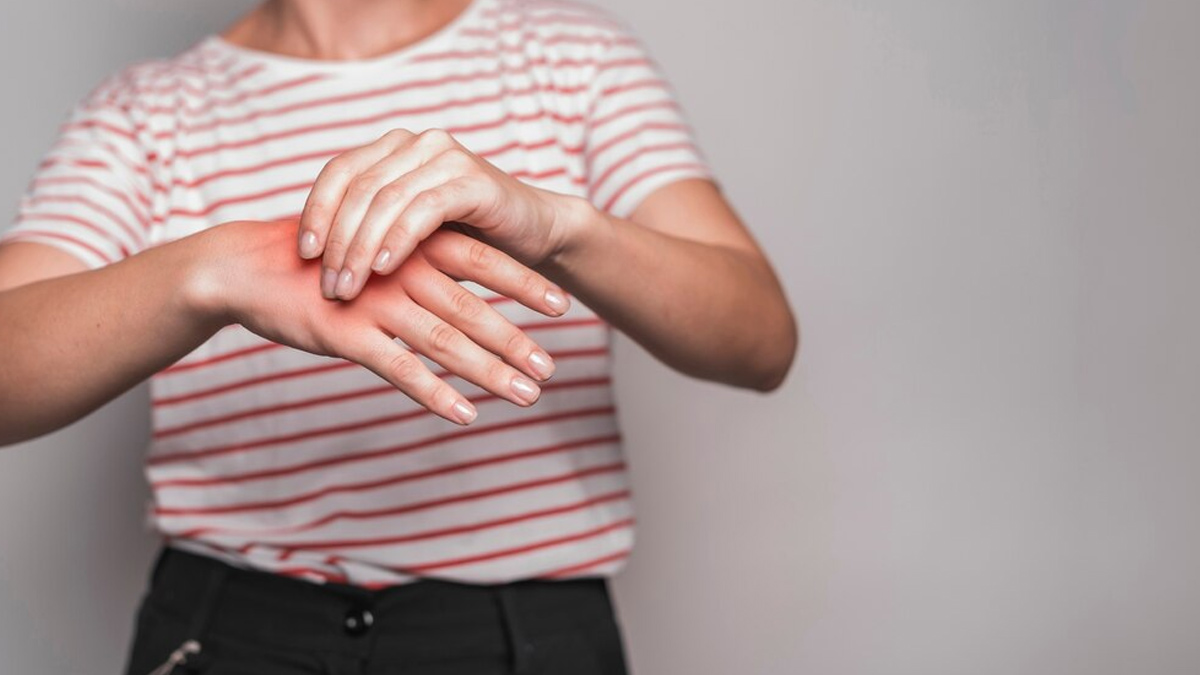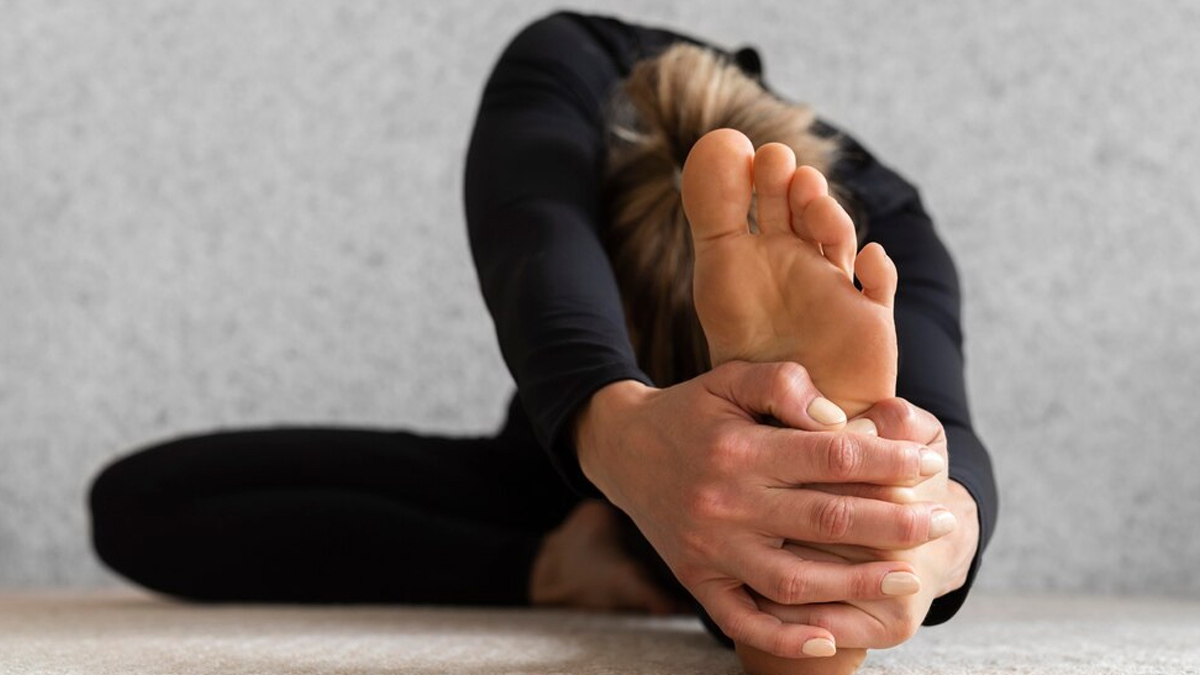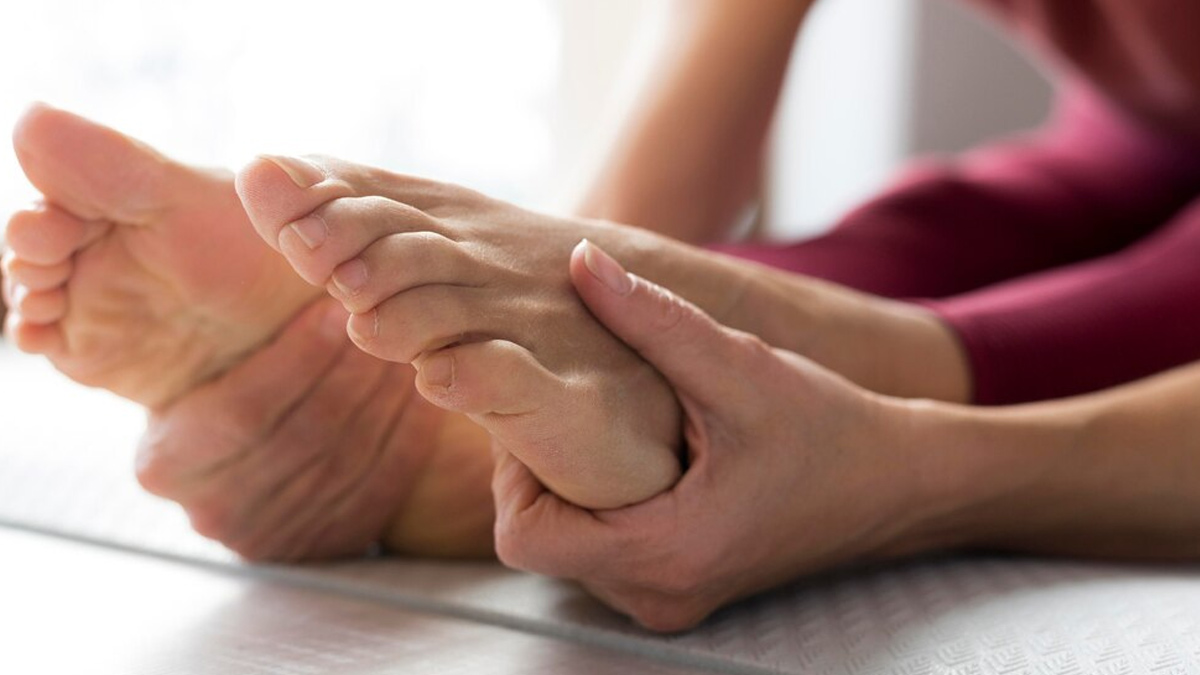Ever felt a sudden twitch or tingling in your hands and feet, as though tiny pins and needles are being poked into your skin? If that has been the case, there could be several underlying reasons behind it, including nerve issues and neurological problems. While temporary sensations of pins and needles aren't concerning and usually resolve on their own, persistent tingling that gets worse over time should be addressed, followed by proper treatment. In some cases, certain home remedies may also help provide relief. The OnlyMyHealth team consulted Dr Amit Haldar, Director - Neurology, Fortis Hospital, Anandapur, who shared valuable insights into the same.
Also Read: Having Pins And Needles Sensation? 8 Home Remedies To Deal With Paresthesia
Common Causes Of Pins And Needles In Hands And Feet

Pins and needles, medically termed as paraesthesia, is quite common, so much so that everyone experiences it at some point in their life, according to Cleveland Clinic. In most cases, the cause is harmless, and the sensations are only temporary. Common factors include prolonged pressure on a nerve, like falling asleep with your arm bent, or poor blood circulation. However, more concerning causes include:
- Nerve damage caused by injuries, diabetes, or other medical conditions.
- Vitamin deficiency, such as vitamin B12 deficiency
- Certain medications like heart or blood pressure drugs, anti-infection drugs, and anticonvulsants
- Underlying medical conditions such as diabetes, multiple sclerosis, and thyroid problems
When Should You Seek Medical Attention?

According to Dr Haldar, you should seek medical attention for frequent pins and needles if:
- The pins and needles are accompanied by other symptoms, such as weakness, numbness, pain, or changes in sensation.
- You have a history of diabetes, nerve damage, or other medical conditions.
“It is important to see a doctor to determine the cause of your pins and needles and get treatment if needed,” said Dr Haldar, emphasising early diagnosis and treatment, as it can help prevent further nerve damage and complications.
Also Read: 5 Surprising Causes Of Tingling Feet
Home Remedies To Treat Pins And Needles

Listed below are some home remedies that may help relieve temporary numbness and tingling:
- Rest; avoid activities that worsen your symptoms and give your hands and feet a break.
- Apply a warm compress to the affected area for 10-15 minutes at a time.
- Gently massage the affected area to improve circulation.
- Do gentle stretches to help relieve pressure on nerves.
- Take over-the-counter pain relievers to help reduce pain and inflammation.
Additionally, lack of certain vitamins, particularly B vitamins (B1, B6, B12), and vitamin D, can affect nerve health and contribute to tingling. In such cases, a healthy balanced diet with all essential nutrients should be prioritised. In severe cases, supplementation should be discussed with a doctor, as excessive intake can sometimes be harmful.
Doctors can help assess your specific needs and recommend appropriate dosages if necessary. Don't self-treat nerve issues with supplements without professional guidance, the doctor advised.
Conclusion
Pins and needles are common and can occur in anyone at any given point in time. There is no way to predict it. However, you can sometimes prevent frequent pins and needles by maintaining good posture, avoiding repetitive motions, managing underlying conditions like diabetes, ensuring adequate vitamin intake (especially B12), and staying hydrated, said Dr Haldar. In addition, regular exercise and avoiding excessive alcohol consumption can also help, he added, concluding that one should consult a doctor for personalised advice.
How we keep this article up to date:
We work with experts and keep a close eye on the latest in health and wellness. Whenever there is a new research or helpful information, we update our articles with accurate and useful advice.
Current Version